Astronomers dig out hidden black holes with NASA's Chandra Telescope
Using NASA’s Chandra X-ray Observatory Telescope, astronomers have found out hundreds of previously hidden, or buried black holes.
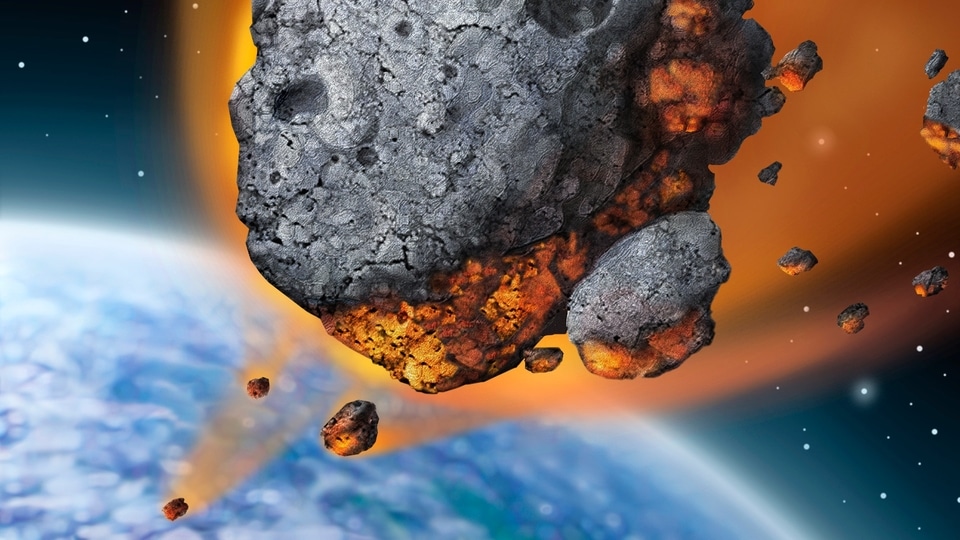
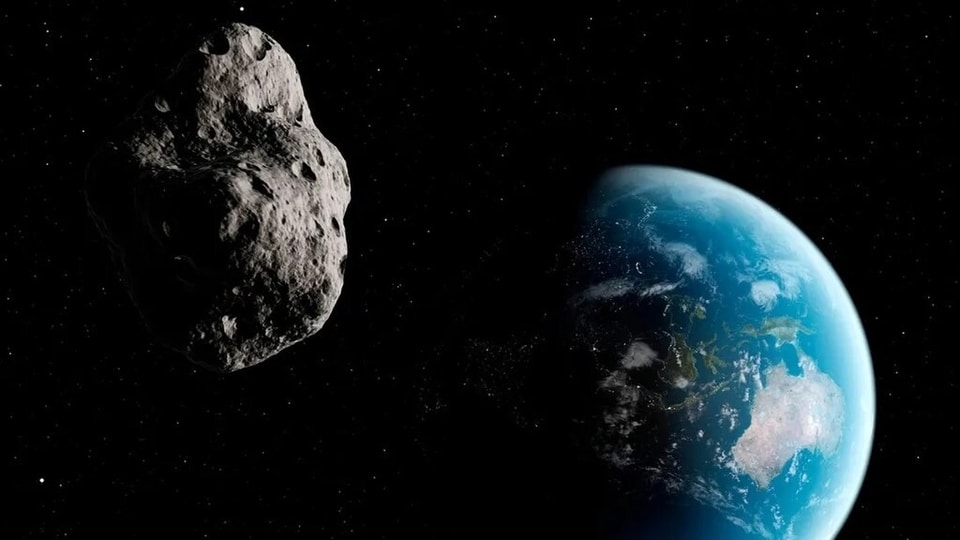

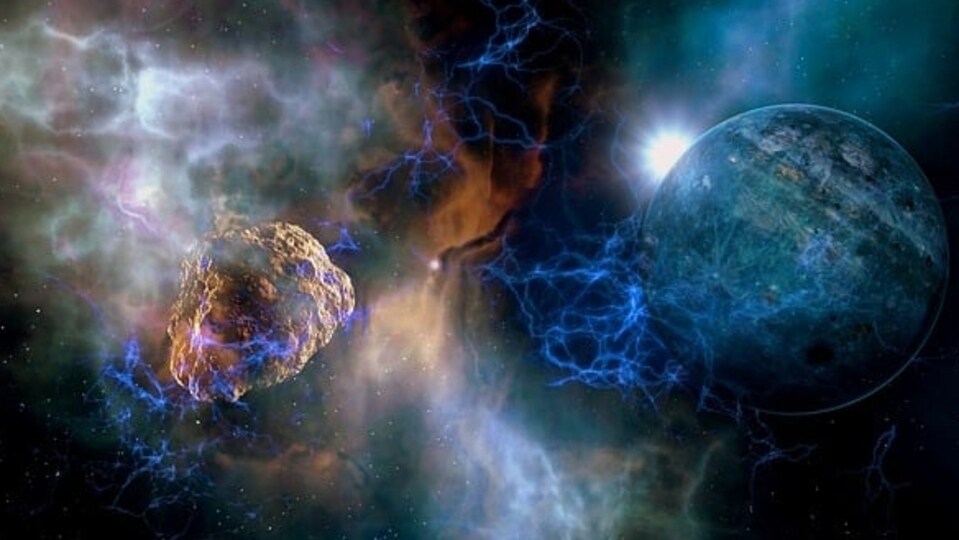

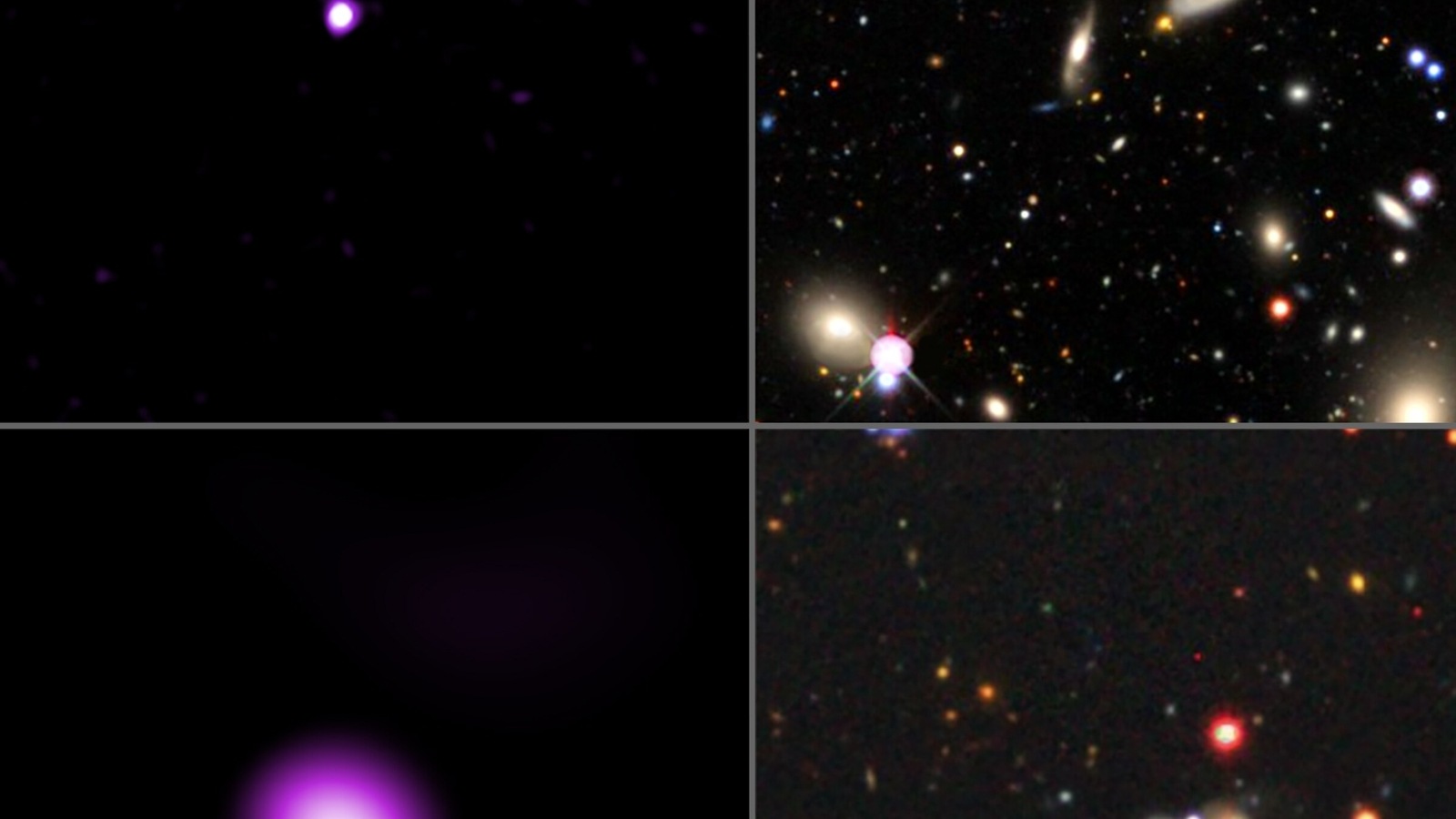
 View all Images
View all ImagesUsing NASA's Chandra X-ray Observatory Telescope, astronomers have found out hundreds of previously hidden, or buried black holes. This discovery is going to help astronomers provide a more accurate census of black holes in the universe.
The black holes in this new study are the supermassive variety that contain millions or even billions of times the mass of the Sun. Astronomers think that almost all large galaxies harbour giant black holes in their centres, only some of the black holes will be actively pulling in material that produce radiation, and some will be buried underneath dust and gas.
By combining data from the Chandra Source Catalogue and optical data from the Sloan Digital Sky Survey (SDSS), a team of astronomers was able to identify hundreds of black holes that had previously been hidden.
The previously hidden black holes are in galaxies not previously identified to contain quasars, extremely bright objects with rapidly growing supermassive black holes.
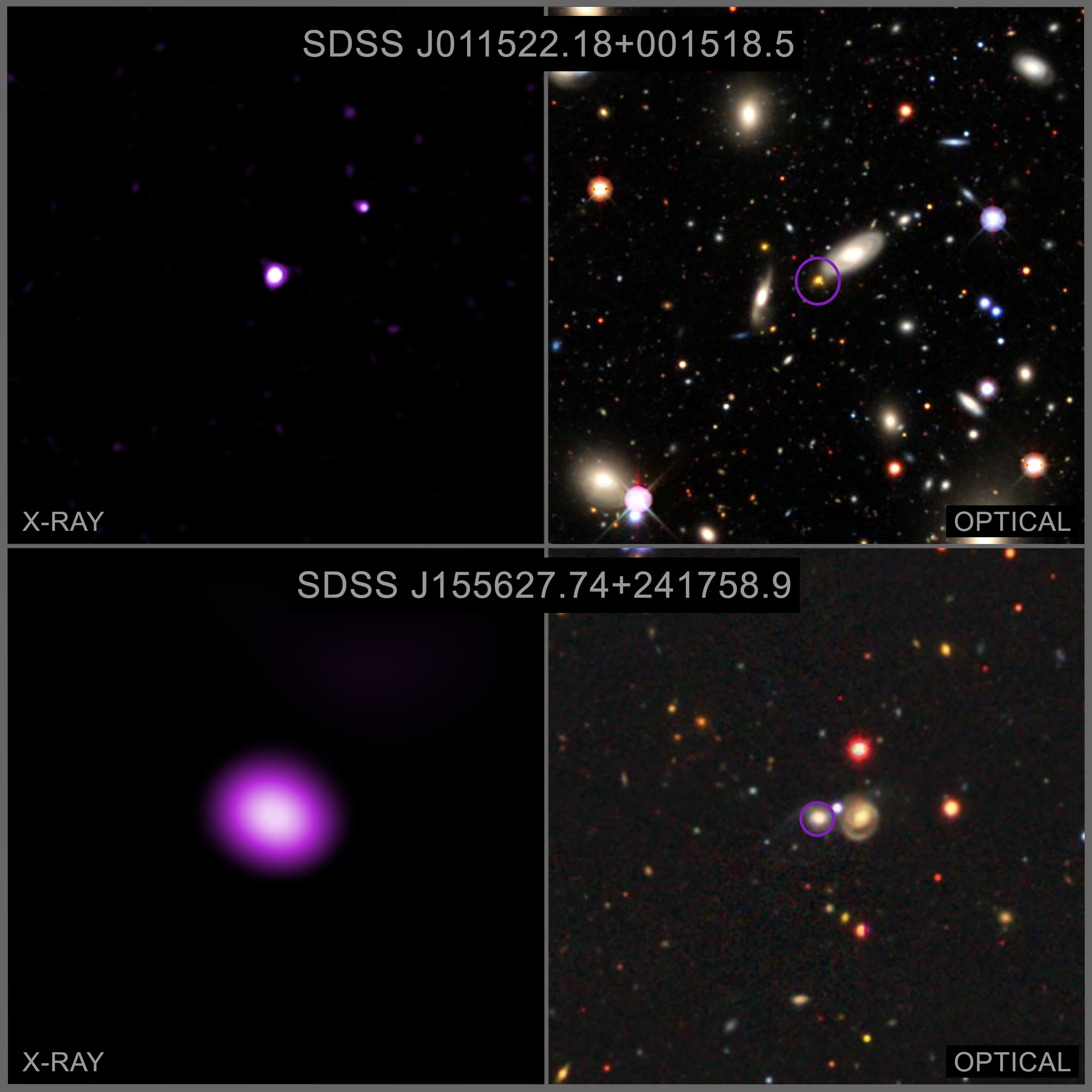

Over the 40 years scientists have known about galaxies that look normal in optical light – with light from stars and gas but not the distinctive optical signatures of a quasar – but shine brightly in X-rays. They refer to these objects as “X-ray bright optically normal galaxies” or “XBONGs.”
They refer to these objects as “X-ray bright optically normal galaxies” or “XBONGs.” 817 XBONG candidates have been identified, which is more than ten times the number known before Chandra was in operation.
The large amount of data in the Chandra Source Catalogue made it possible to detect many XBONG candidates while further study revealed that about half of these XBONGs represent a population of previously hidden black holes.
After studying the amount of X-rays detected at different energies for each source, the team concluded that about half the XBONG candidates involve X-ray sources that are buried under thick gas because relatively small amounts of low- energy X-rays were detected.
Catch all the Latest Tech News, Mobile News, Laptop News, Gaming news, Wearables News , How To News, also keep up with us on Whatsapp channel,Twitter, Facebook, Google News, and Instagram. For our latest videos, subscribe to our YouTube channel.




























